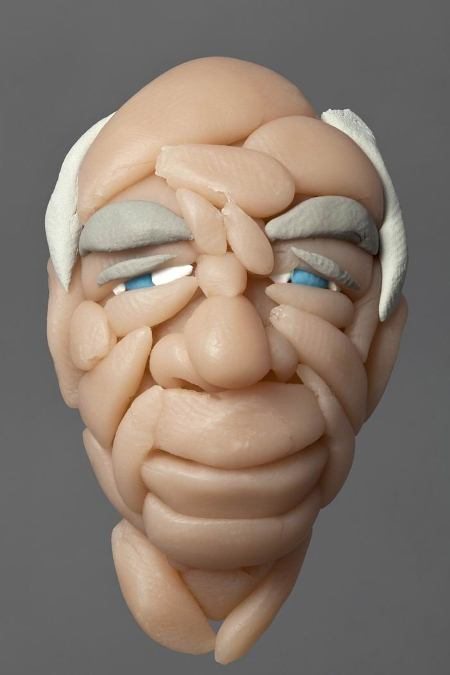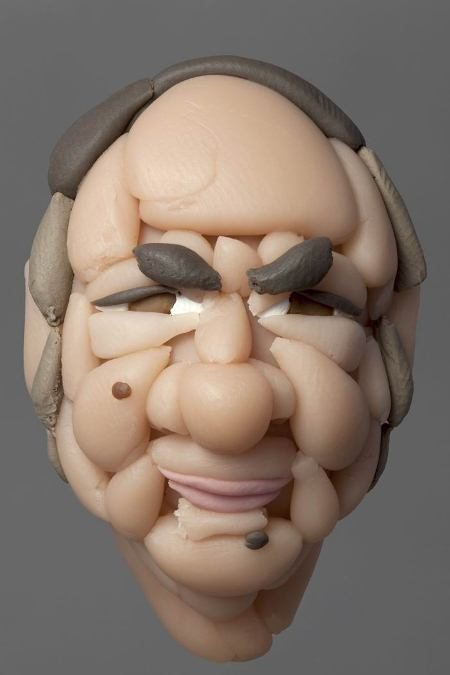Play-doh and pigs
Hamra Abbas in Istanbul

Istanbul’s Pilot Gallery is currently exhibiting a different kind of portraits. It is the work of Pakistani artist Hamra Abbas, born in Kuwait and currently splitting her time between Boston and Islamabad, who uses play-doh to comment on society.
Her series “Idols” showcase different people from all over the world. To make the portraits, Abbas first took pictures of people in cafes, restaurants and metro stations in Boston. “It was hard,” she said, “because when you’re taking photographs, when you’re staying in a corner, sometimes people interfere with what you do or approach you in a suspicious way. They wonder why you’re taking photographs.”
As an artist, Abbas has always produced work that involves an element of interaction with people; be it in installations, sculpture, or miniature painting. She always communicates with people. At the same time, cultural identities and diversity are always at the focal point of her work.
Abbas has been taking photographs of people in the US cities of Cambridge and Boston during the last year and, more recently, in Turkey’s Istanbul. “During that time, news of economic slowdown, high rates of unemployment and the Occupy movements were in constant focus in the media. My aim was to take note of quotidian life in my interaction with the immediate environment.”
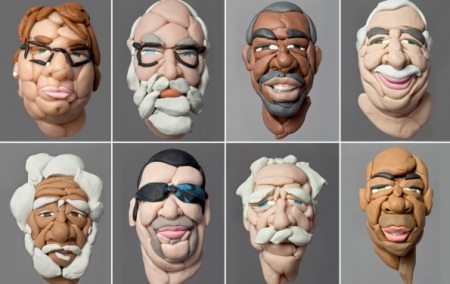
Abbas, who prefers to use photography as the most effective and efficient tool, photographed random people running their daily chores. She took photos of people working in supermarkets, post offices, deli stores, restaurants and on construction sites; as well as street vendors, handy-men and taxi-drivers. With these images, she created a photo journal of the day-to-day lives of ordinary people.
Once again, this new exhibition reveals the diversity of her work. “Some people say that they cannot recognise my style or my work,” says Abbas, “because I create many different works in different disciplines.”
Indeed, diversity — both in terms of form and content — has itself become her hallmark. Abbas’ works has themes that she uses as if narrating a story. This unique combination of detailed work and fluidity stems from her ability to choose her medium in relation to her conceptual repertoire.
The series Su’ar, which Abbas created in 2011, is currently being exhibited at the Pilot Gallery. This work is a result of her diverse media, and showcases two inflatable large-scale pigs mating. Abbas: “The word su’ar is used both in Urdu and Punjabi for pig. The pig is a repugnant animal in Islam, and eating its meat is forbidden. This is seen to be in line with the religion’s teachings prior to the Prophet Muhammad. The Quran and the tradition (Sunnah) of the Prophet categorically forbid its consumption on the basis that it’s impure.” As a result, the pig has become a symbol of depravity of the worst kind. Anyone who is considered excessively greedy, unhygienic, disrespectful, promiscuous or insensitive could be called a su’ar.
Abbas not only draws attention to cultural specificities, she also uses different techniques to reflect on this. To her, the large-scale inflatable sculpture stands as a metaphor for an object that can burst or break at any time. Just like everything else, the su’ar will disintegrate with time.
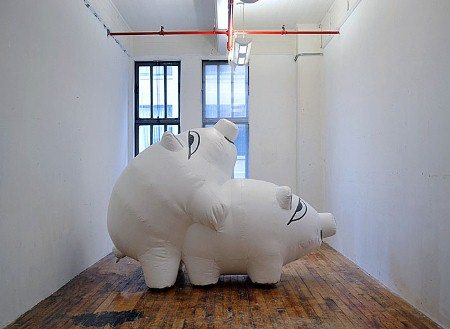
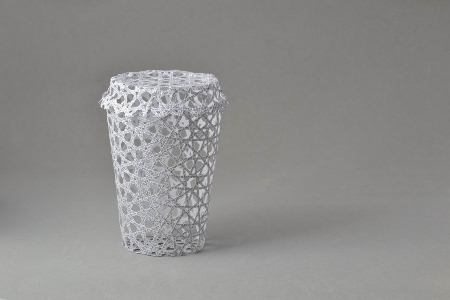
The article was edited by Reem Akl and Dalila Mahdawi.







